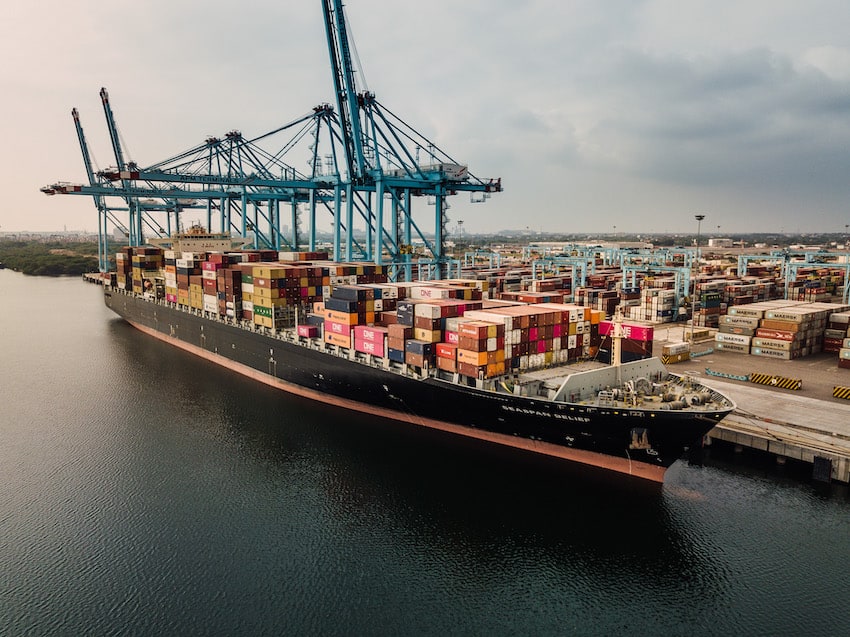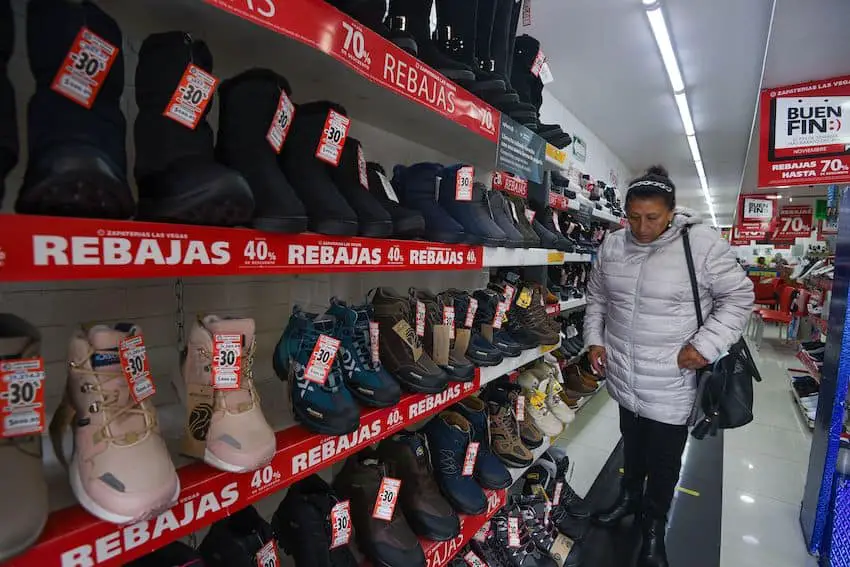Mexico’s economic growth exceeds expectations in Q3

Mexico’s economy beat expectations in the third quarter, growing 0.9% compared to the previous three-month period and 3.3% in annual terms, according to preliminary data published by the national statistics agency INEGI on Tuesday.
It was the eighth consecutive quarter that GDP increased, the longest winning streak since a nine-quarter run of growth between 2013 and 2015.
The quarter-over-quarter growth in the July-September period was slightly above the 0.8% forecast of analysts polled by Bloomberg and Reuters, while the year-over-year performance was also 0.1 percentage points higher than expected.
INEGI also reported that growth in the first nine months of the year was 3.5% compared to the same period of 2022.
Primary sector led growth in Q3
The primary sector, including agriculture and fishing, grew 3.2% compared to the April-June quarter and 5.3% in annual terms.

The GDP of the secondary sector, including manufacturing and construction, expanded 1.4% on a quarter-over-quarter basis and 4.5% compared to the July-September period of 2022.
The tertiary, or services sector, recorded the weakest growth, growing 0.6% compared to Q2 and 2.5% in annual terms.
The secondary sector was the best performer in the first nine months of the year, growing 4%. Tertiary sector GDP accelerated 3.3% compared to the first nine months of 2022, while primary sector growth was 3.2%.
What are analysts saying about the Mexican economy?
“The Mexican economy has been very resilient because the United States has also been very resilient and both economies are interconnected,” said Ernesto Revilla, chief ecnomist for Latin America at Citigroup.
The United States recorded economic growth of 4.9% in the third quarter, according to preliminary date from the U.S. Department of Commerce.
Revilla said that the strong third quarter results were “also due to domestic demand, because we are seeing a very strong labor market in Mexico, strong remittances and a probable behavior change on the part of the consumer.”

Carlos Morales, director of Latin America Sovereigns at Fitch Ratings, said that the Q3 results “continue to signal the increasing demand for Mexican manufacturing production due to nearshoring effects.”
Jason Tuvey, deputy chief emerging markets economist at Capital Economics, noted that strong Q3 growth in the primary and secondary sectors more than offset lower growth in the tertiary sector.
He said that a slowdown in Mexico “is on the cards” as monetary policy takes a greater toll and weaker growth in the U.S. weighs on the Mexican export sector.
The Bank of Mexico’s key interest rate is currently set at a record high of 11.25%.
The government’s view
The Ministry of Finance and Public Credit (SHCP) said in a statement on Monday that the Mexican economy continued on a “path of sustained growth” in the third quarter of the year “thanks to the strength of employment, the increase in real salaries and the constant increase in internal demand.”

Among other points, the SHCP noted that gross fixed capital formation – investment in construction projects and machinery and equipment – reached a record high in July, and that foreign direct investment hit an all-time high of over US $29 billion in the first half of the year.
Deputy Finance Minister Gabriel Yorio said last week that the Mexican economy could grow 3.5% in annual terms in 2023. Such growth would not only be “encouraging” but also above the projections of analysts, he said during an appearance in the Senate.
Earlier this month, the International Monetary Fund raised its 2023 growth forecast for Mexico to 3.2%.
What’s in store in Q4 and beyond?
The newspaper El Financiero reported that the level of consumer spending will be a “determining factor” in the performance of the Mexican economy in the final quarter of the year.
The “Buen Fin” shopping event – the Mexican equivalent of Black Friday – and Christmas shopping in December typically lead to an increase in consumer spending in the final months of the year. The “Buen Fin” event will run for a four-day period starting Nov. 17 and concluding Nov. 20.

Public investment in large infrastructure projects has helped spur economic growth, and spending will only increase in 2024.
But Gabriela Siller, director of economic analysis at Mexican bank Banco Base, recently warned that the value of construction sector production could “plummet” in 2025 due to a lack of government resources for large infrastructure projects.
That eventuality could weigh on growth, although it could be offset by an increase in private investment, including from foreign companies seeking to nearshore to Mexico.
With reports from El Financiero, El Economista and Reuters
Source: Mexico News Daily

